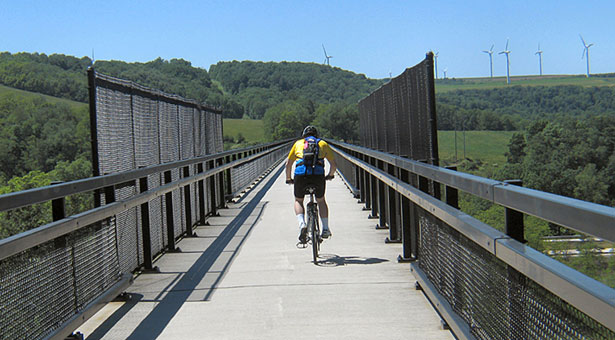The point of the confluence soon became of strategic
importance to colonial America. It was
the first step to westward expansion and also key to entering the early eastern
settlements of what would become the United States. Noting the important trading and strategic location
the French built Fort Duquesne at the point.
The French had long settled eastern Canada and had claims to the
Mississippi River and felt the Ohio River to be parts of its domain. Colonial America, under British rule, also
noted the importance of the point and sent a young George Washington and small
expeditionary force to the area to politely ask the French to leave. The French declined.
The next expedition was led by General Edward Braddock and
he chose to not ask nicely. He attacked
Fort Duquesne but was soundly defeated. Soon
the French and Indian war would erupt in the American colonies pitting the
English versus the French with their Native American allies. The British tried again to throw the French out
of Fort Duquesne and sent a much larger force into battle. The French, realizing they were vastly
outnumbered, abandoned the fort and set it on fire. Out of the ruins the British built Fort Pitt,
named for William Pitt the Elder, Britain’s leader during the war and outspoken
critic of the French.
The Treaty of Paris in 1763 settled the French and Indian War. The agreement effectively ended French
influence in the American colonies. The
British would garrison Fort Pitt until 1772 when it was abandoned and later
sold to a private owner. It soon fell
into disrepair. It was later garrisoned
during the American Revolution as a westward outpost for the Continental
Army. Following the war it was once
again abandoned and was not recognized until 1945 when the city of Pittsburgh developed
plans for a park and historic landmark on the site. In 1969 the Fort Pitt Museum opened.
Today
the site is a bike rider’s paradise.
Bikers can assembly at Point State Park (pictured) and the Fort Pitt
Museum for a ride of the Great Allegheny Passage (GAP). The Rails to Trails Conservancy holds an
annual ride of the GAP known as the Greenway Sojourn to open new trails and celebrate
the idea of trails throughout the country. The Sojourn is a five-day, 141 mile adventure. This year the ride leaves Pittsburgh on June
23 and will conclude in Cumberland, Maryland on June 27. At some future date the Rails to Trails
conservancy hopes to complete the trail all the way to Washington D.C.
We have a video of the GAP on our website at www.stickybottleteam.net.
Visit Rails to Trails Conservancy online at www.railstotrails.org
Visit Great Allegheny Passage at www.atatrail.org.



No comments:
Post a Comment